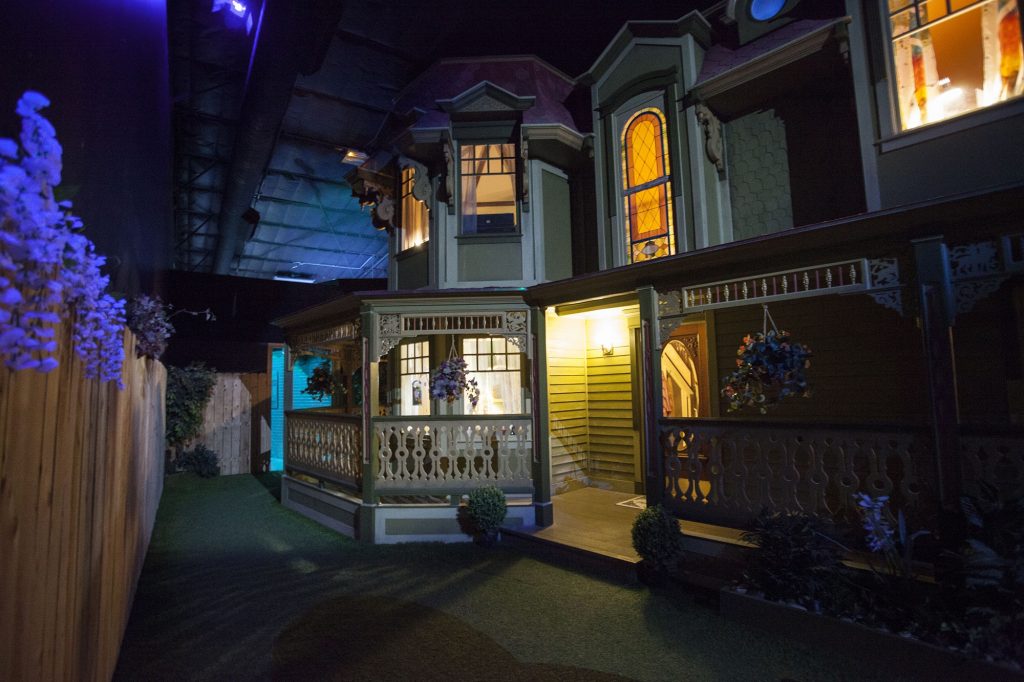Jennifer Daniel is a designer and is pursuing a career in illustration. Originally from Kansas, she moved to New York. Since then, her work has been published in a variety of publications. Jennifer has taught visual narratives for SVA’s masters program and recently moved to San Francisco. She was a professional communicator before working at an engineering company and now makes visual art.
In the eyeo festival Jennifer Daniel talks about an app she helped develop called allo. In the app you take a selfie and it makes automated emojis cartoons of your face. Traditional computers utilize mapping on the art to analyze pixels of an image. Algorithmically it examines attribute values to look for shape and colors. A well known problem is the uncanny valley of images. Emojis that look too close to the picture look scary. Machine learning can access and confront people about what they look like. Instead alo produces low resolution emojis which create a less realistic emoji. There is a customization feature of emojis. She talks about how she can as an art director design something for everyone when machine learning can reduce data about unique stories. She is aware of bias in computer algorithms and how it can promote racism and sexism. Art directors who work on these projects can work with artists with many perspectives to articulate their world. Not enough to make an avatar that is a literal representation of you when there are many versions of you.
What I really like about Jennifer Daniel’s app and project is that she takes an approach to illustrating similar to a UI UX designer, which is my dream career. She explains that visual vocabulary online is very vast. There are text, emoticons, emoji, and tiny illustrations. Emojis, gifs, stickers all make up an emergent complexity. Texting is closer to speaking than writing. People spoke first to communicate. Writing only came later. Writing is very different from talking. Writing is a conscious process while Speech is looser, text is like that. No one thinks about capitalization, we text the way we speak. Emoji is a Japanese word which is a combination of emoji and character and a very important form of digital communication in japan. Easy way to apologize or show nuanced communications. Emojis have a problem when trying to communicate something detailed. Automatic emojis can change meanings of texts. I’ve seen this with slack and face messenger. Emojis are not perfectly transferable across mediums. Ios emojis sent to an android emoji may look much different. Important emojis look similar across platforms and are cohesive but she wishes emojis used unicode like type fonts. More styles there are, the more variations can exist. Emojis have broadened the world of communication and it will be interesting to see how it shifts our language in the future.
https://vimeo.com/channels/eyeo2017
![[OLD SEMESTER] 15-104 • Introduction to Computing for Creative Practice](../../../../wp-content/uploads/2023/09/stop-banner.png)


